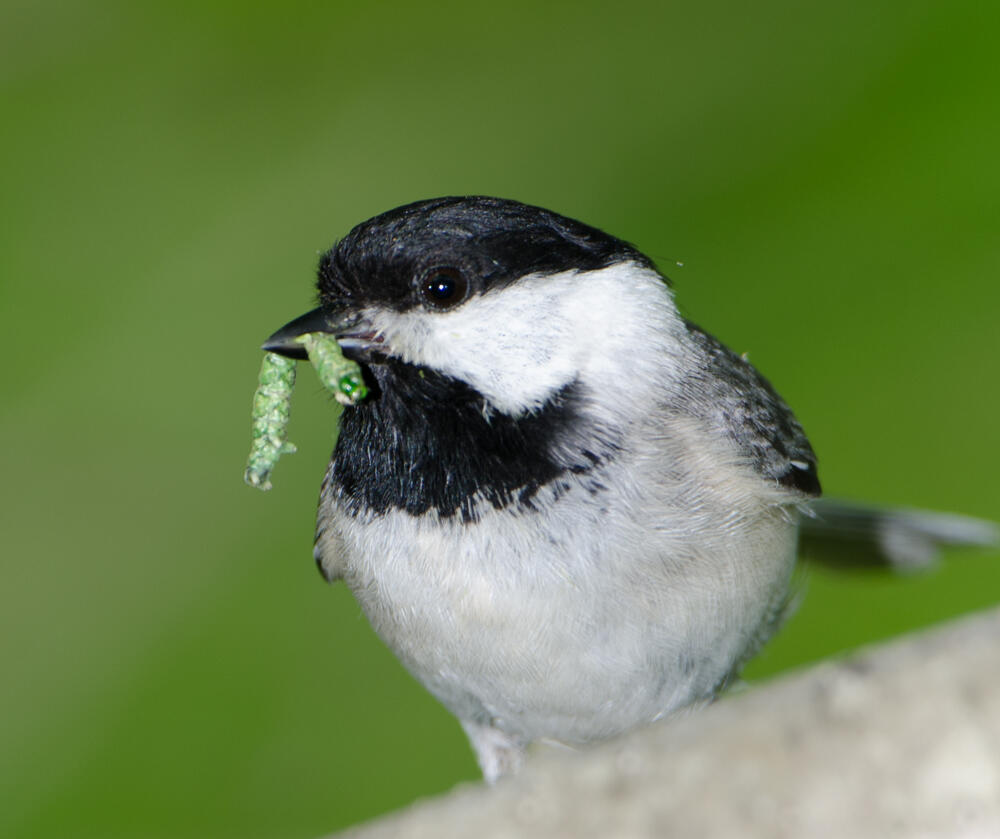By Aamir Tinwala
I started the Backyard Bird Project in middle school right after COVID restrictions lifted. At the time, I was active in environmental clubs, working on composting, food security, waste reduction, and tree planting. But what truly sparked my passion for bird conservation was the loss of my beloved pet cockatiel, Coco. That moment made me realize how much birds matter not just as companions, but as a vital part of our ecosystem.
I set out to help native Texan bird populations thrive, focusing on species like the Carolina Chickadee, Carolina Wren, and Northern Cardinal. At first, it was just me, a few tools, and a lot of sawdust. My 8th-grade science teacher and environmental club encouraged me to showcase the project at Coppell’s Earth Day event, where I gave away free nesting boxes. To spread the word, my mom posted on Nextdoor and other social platforms and soon, families across Coppell were signing up.
Building those boxes was an adventure. My dad and I would make trips to Home Depot, loading up untreated, non-toxic wood and nails. He borrowed a circular saw from work, and every afternoon I’d cut the wood myself ending the day covered in sawdust, but proud of the progress. On weekends, my mom and I delivered boxes house by house to families who registered.
As I entered high school, the project grew beyond deliveries. I began hosting community workshops across Coppell, Irving, and other Dallas suburbs. These events brought together kids, parents, and retirees all eager to learn and build. I’d start by explaining why bird conservation matters connecting it to climate change, biodiversity, and neighborhood lifeth en guide everyone through cutting, drilling, and assembling boxes. Soon, the sound of hammers and laughter filled the room as families created something meaningful together.
Once I turned 16 and got my license, I could make supply runs and host workshops more often. Attendance grew sometimes 10 people, sometimes 40 and I enlisted volunteers to help with prep and event support.
Beyond workshops, I explored advocacy and partnerships with local nature groups and city education programs, raising awareness about birds in urban and suburban settings. At school, I founded environmental clubs that broadened our focus to animal conservation while keeping my personal emphasis on birds.
The Backyard Bird Project eventually expanded nationwide. Each workshop was tailored to local species smaller boxes for chickadees and wrens in Texas, larger builds for raptors in other regions. This adaptability meeting communities where they are has been key to our success.
And now, the reach is global. Through digital workshops and partnerships, we’ve supported efforts in India to repopulate the Indian sparrow, once common but now in decline. Families there build simple boxes while learning why sparrows need protection.
What began in my garage has grown into a movement. I’ve personally built over 750 nesting boxes across eight counties for species like Carolina Wrens, Chickadees, Eastern Bluebirds, Purple Martins, and Titmice. Today, the Backyard Bird Project stands as both a personal mission and a community engine proving that conservation can be hands-on, local, and deeply meaningful.
For more information on The Backyard Bird Project and Project Rise.




